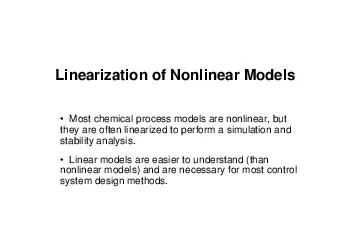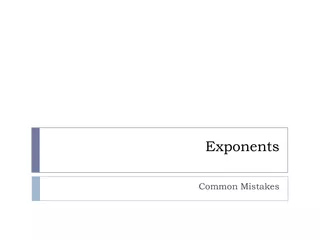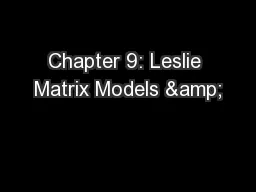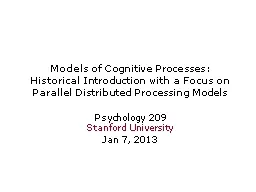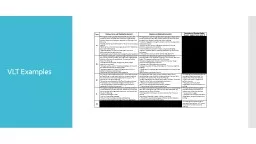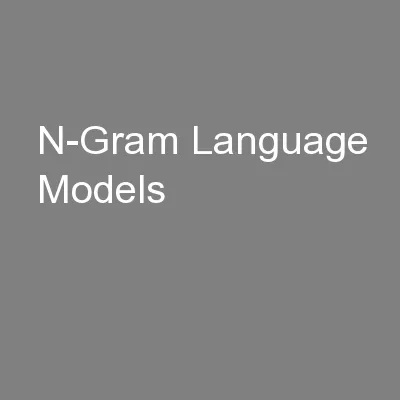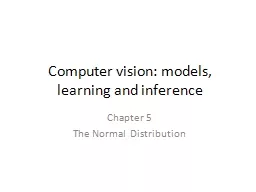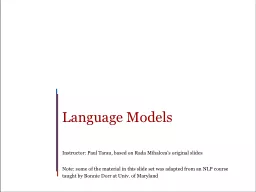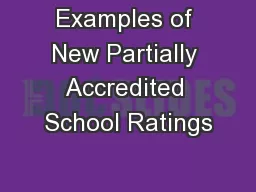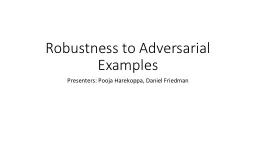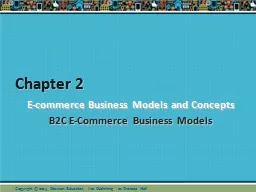PPT-New School Models Examples
Author : luanne-stotts | Published Date : 2019-12-31
New School Models Examples AltSchool Key Services Campuses 201516 Tuition Mixedage learning environments where technology enables projectbased learning and personalized
Presentation Embed Code
Download Presentation
Download Presentation The PPT/PDF document "New School Models Examples" is the property of its rightful owner. Permission is granted to download and print the materials on this website for personal, non-commercial use only, and to display it on your personal computer provided you do not modify the materials and that you retain all copyright notices contained in the materials. By downloading content from our website, you accept the terms of this agreement.
New School Models Examples: Transcript
Download Rules Of Document
"New School Models Examples"The content belongs to its owner. You may download and print it for personal use, without modification, and keep all copyright notices. By downloading, you agree to these terms.
Related Documents


